Eriberto Oriol’s background is as deeply rooted in cultural identity and community as his celebrated art and activism. Born to Mexican Indigenous parents, Oriol grew up in the borderlands of California, where he experienced the intersections of Mexican, Indigenous, and American cultures. His upbringing played a significant role in shaping his worldview and artistic vision, instilling a profound sense of pride in his heritage and a commitment to documenting marginalized communities. These early experiences provided the foundation for his lifelong exploration of identity, resilience, and activism through art.
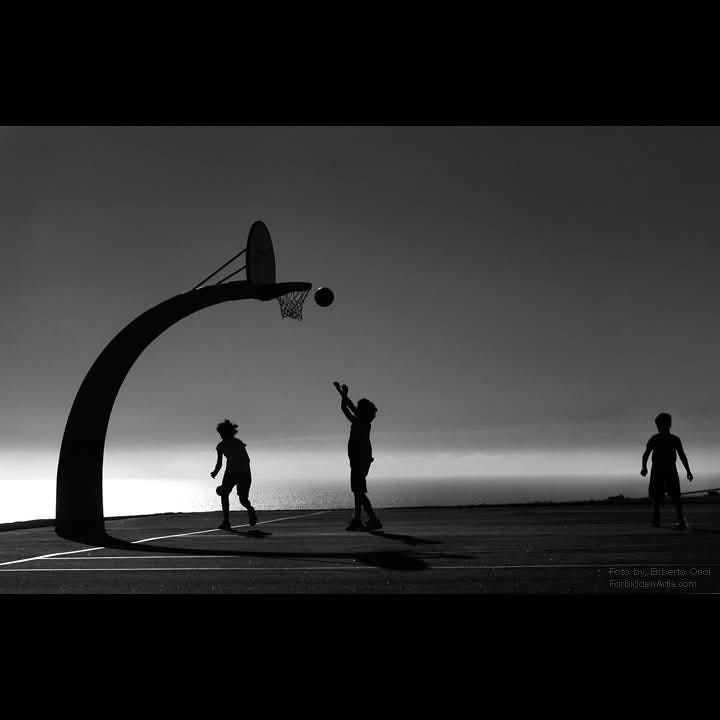
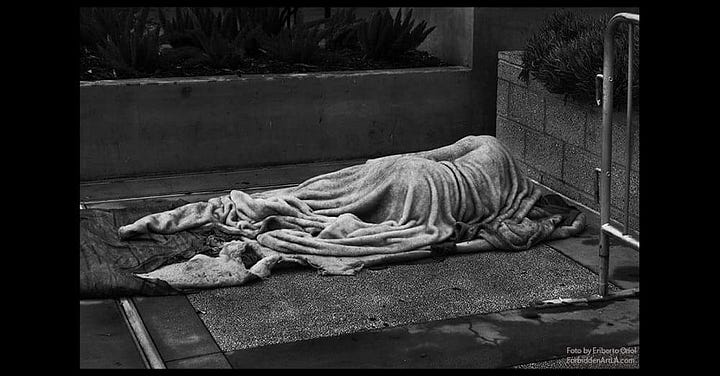

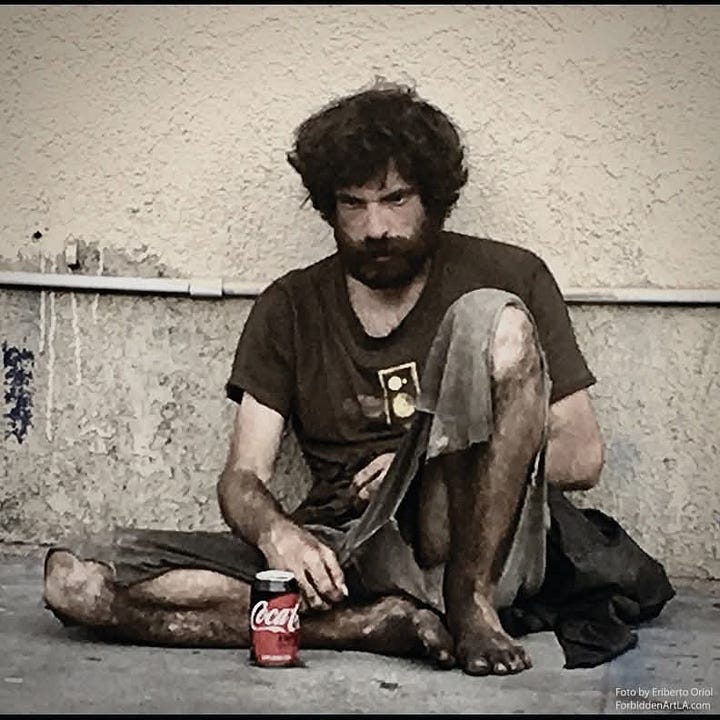
Oriol’s exposure to the struggles of working-class communities shaped his passion for storytelling. His family’s history of migration and survival influenced his understanding of socio-political dynamics, which he later incorporated into his photographic work. Inspired by the landscapes of Southern California and the rich tapestry of urban life, Oriol turned to photography as a medium to capture the vibrancy and complexity of these communities.
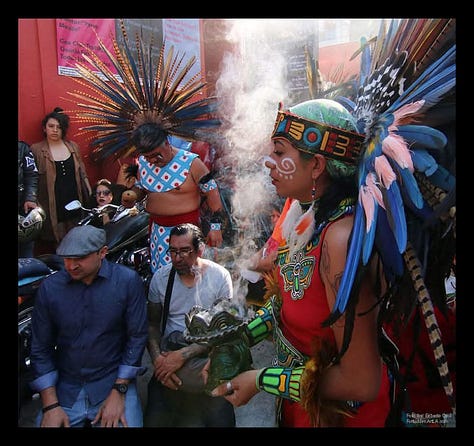
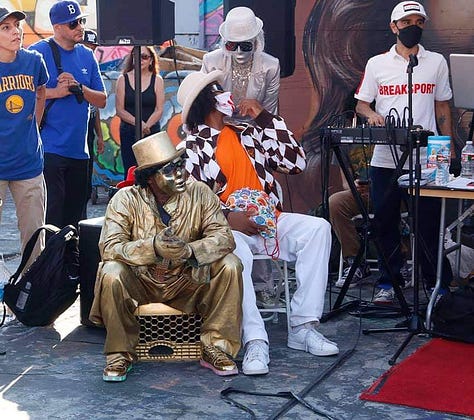
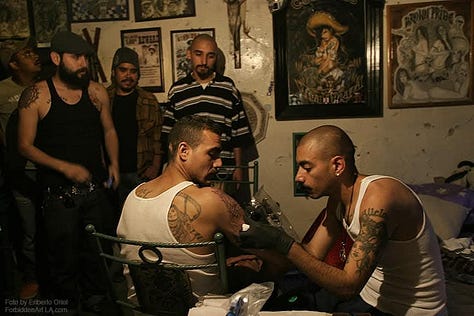
His artistic journey began during the Chicano Movement of the 1970s, a time when activists and artists sought to reclaim and celebrate Mexican-American identity. Oriol’s work reflects the ethos of this movement, blending political activism with cultural celebration. He has cited the importance of representing everyday life authentically, aiming to challenge stereotypes and showcase the dignity of his subjects.
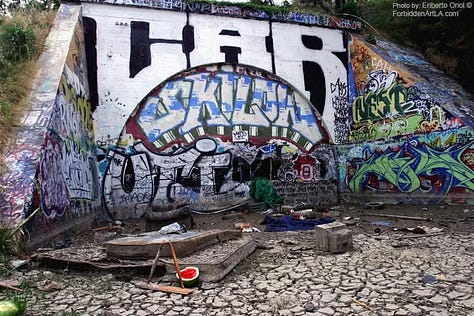
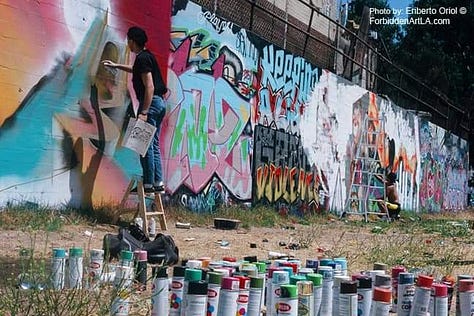
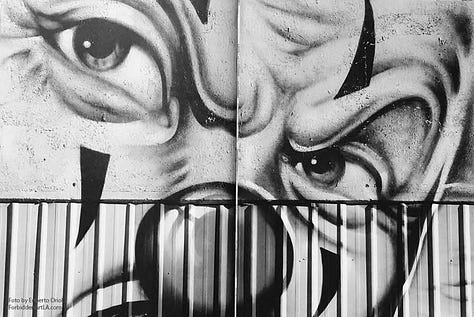
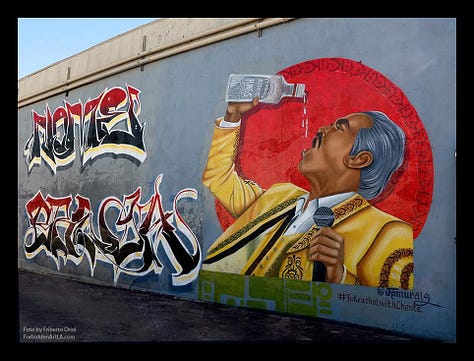
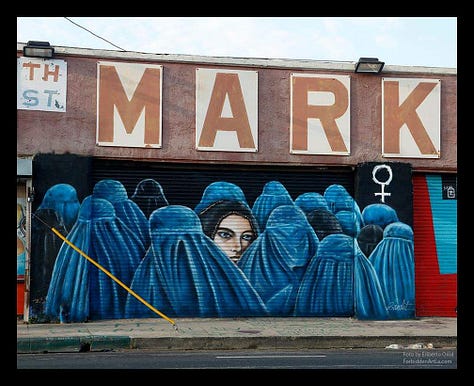
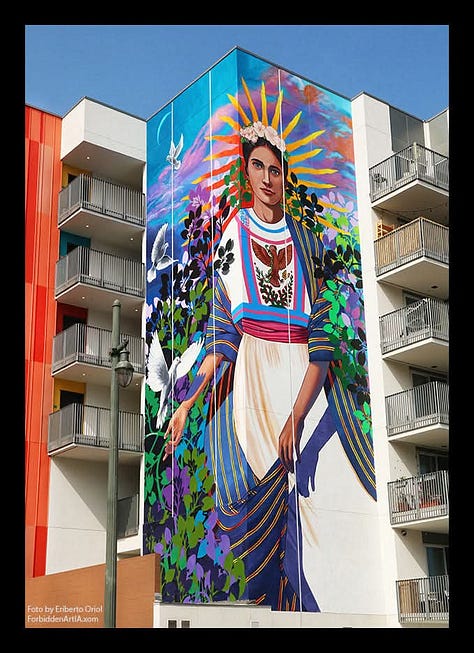

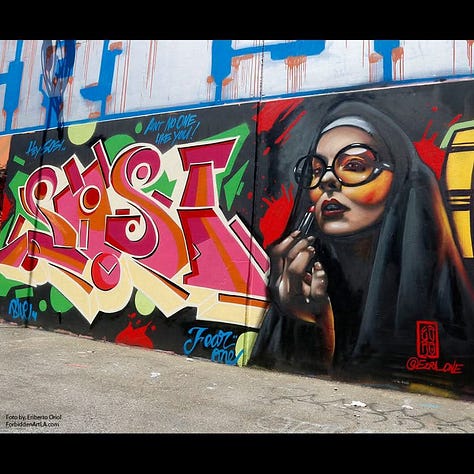
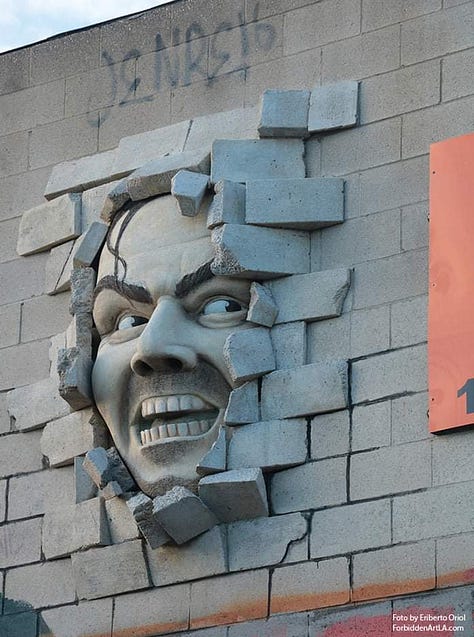
As Oriol’s career progressed, he became known for his striking compositions that explore themes of urban decay, resilience, and creativity. His photography often juxtaposes the rawness of graffiti-covered streets with the humanity of those who inhabit them. This duality underscores his ability to find beauty in unexpected places while also addressing systemic injustices.
Oriol’s work as a producer of Los Angeles’ first major graffiti art exhibition was a milestone in his career. The exhibition brought together artists, activists, and audiences, elevating graffiti from its often-dismissed status as vandalism to a celebrated form of expression. By curating and promoting these works, Oriol not only validated street art as a legitimate cultural contribution but also provided a platform for voices often excluded from traditional art spaces.
Beyond his photography, Oriol has worked in various mediums, including video and installation art, to explore themes of identity and social justice. His collaboration with his son, Estevan Oriol, has further solidified his legacy. Together, they have chronicled decades of cultural shifts in Los Angeles, from the rise of hip-hop to the persistence of Chicano traditions. Estevan’s career as a renowned photographer and filmmaker is a testament to the generational impact of Eriberto’s work.
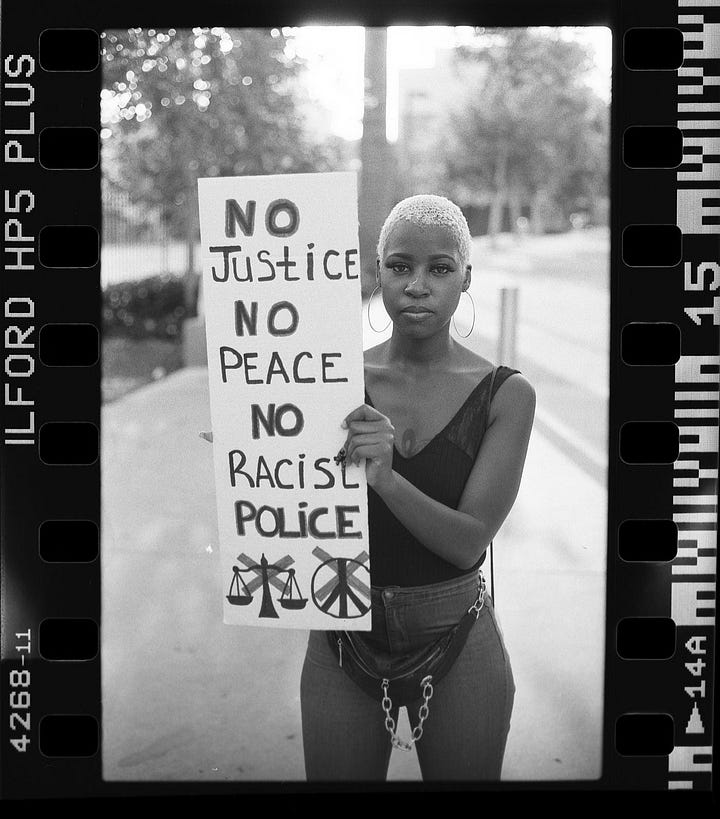
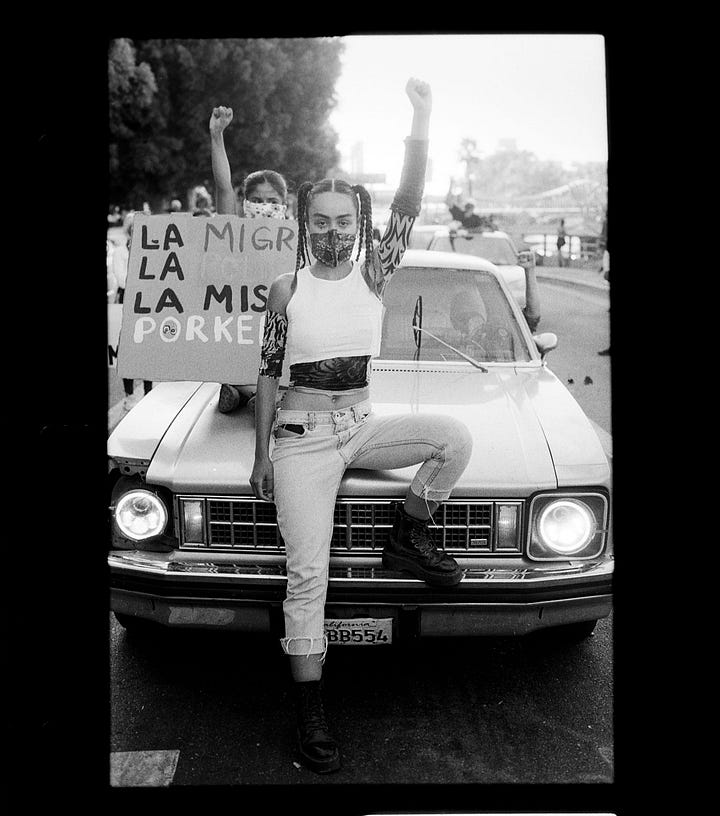
Oriol’s activism is inseparable from his art. He has consistently used his platform to advocate for underserved communities, focusing on issues such as housing inequality, healthcare access, and cultural preservation. His efforts to establish health clinics in San Diego are a prime example of his dedication to improving the lives of marginalized populations. By blending advocacy with art, Oriol demonstrates the potential for creative expression to drive meaningful change.
Eriberto Oriol’s life and work embody the fusion of art and activism. His photography captures the resilience and beauty of marginalized communities while addressing systemic issues such as inequality and cultural erasure. By elevating urban art and amplifying the voices of those often overlooked, Oriol has become a pivotal figure in contemporary art and social justice. His legacy continues to inspire new generations of artists and activists, proving that art can be a powerful tool for change and representation.
References:
Eriberto Oriol - Forbidden Art LA. Forbidden Art LA, https://forbiddenartla.com.
Rodríguez, Roberta. Eriberto Oriol: Capturing the Soul of the City. Journal of Chicano Studies, vol. 45, no. 2, 2021, pp. 122-136.
Estevan Oriol and Eriberto Oriol Biography. Enter Gallery, https://entergallery.com.
García, David. Street Visions: Chicano Art in Public Spaces. University of New Mexico Press, 2019.




